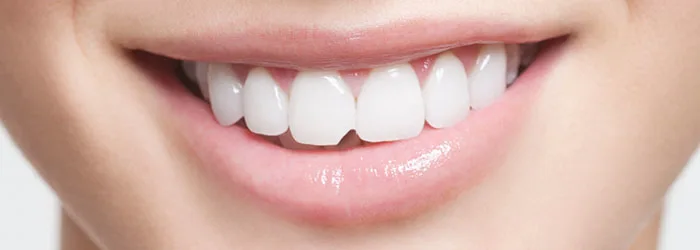
Getting Your Chipped Tooth Bonded
If you have a cracked or chipped tooth or teeth, you may be a candidate for dental bonding. Dental bonding involves the application of a tooth-colored plastic adhesive that your dentist will shape and polish to match the surrounding teeth. Dental bonding is relatively painless and is usually performed without anesthesia. If you’re having tooth bonding done on several teeth, you may need to schedule more than one visit; a dental bonding procedure on one tooth takes anywhere from 30 minutes to an hour.
Dental Bonding Procedure
When you undergo dental bonding, the dentist first roughens the surface of the tooth or teeth that will be treated, and then he or she applies a conditioning solution to help the bonding material stick to the tooth. Then the bonding material is applied to the teeth and shaped to fit and an ultraviolet light or laser is used to harden it into place.
Does Tooth Bonding Break Easily?
Keep these tips in mind if you opt for dental bonding:
Beware when biting: The resin used in dental bonding is not as strong as a tooth. If you bite your nails, or ice cubes, or the pens in your office, you risk chipping the material.
Skip staining food and drink for 48 hours: The resin used in tooth bonding is especially susceptible to staining during the first 48 hours after the procedure. So avoid tea, coffee, wine and other food and drink that might stain your teeth for the first two days after tooth bonding.
But if you follow a consistent oral care routine of twice-daily tooth brushing and daily flossing with a soft floss, your bonding should last for several years before it will need to be replaced.
Sign Up
for expert advice and exclusive offers

